In the heart of Scandinavia and the broader Northern realms, the winds whisper tales of old, of magicks woven deep in the fabric of nature, and of witches who walked these lands with purpose. Here on Wild Life Weave, we don’t just discuss practices; we dive into the stories behind them. Every ritual, spell, and rune has a tale, and through these tales, we find a deeper connection to our craft. Let’s unravel these threads of lore, guiding you through an exploration steeped in history, practices, and the powerful runes of the North.
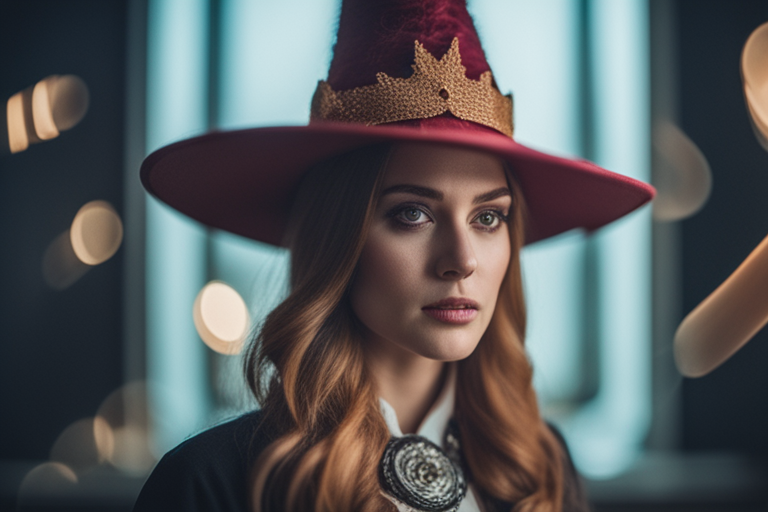
Table of Contents
- Introduction
- Lore and Its Historical Context
- Lore-driven Practices & Rituals
- Runes: Ancient Symbols in Tales
- Lore and Ethical Witchcraft
- Resources Rooted in Lore
- FAQ
- Conclusion: Weaving the Old with the New
Introduction
On Wild Life Weave, lore isn’t just history; it’s a living, breathing narrative that influences our practices today. The essence of Northern Witchcraft lies not just in the rituals but in the stories that birthed them. Each rune, spell, and tradition carries the weight of generations of wisdom, stories that have been whispered through time, waiting for ears willing to listen. And as we weave these ancient tales with modern witchcraft, we create a tapestry rich in knowledge, reverence, and magick.
Lore and Its Historical Context
Venturing back through the ages, we come to understand how tales, myths, and sagas shaped the very foundation of Northern Witchcraft.
Age of Vikings: Myths & Sagas
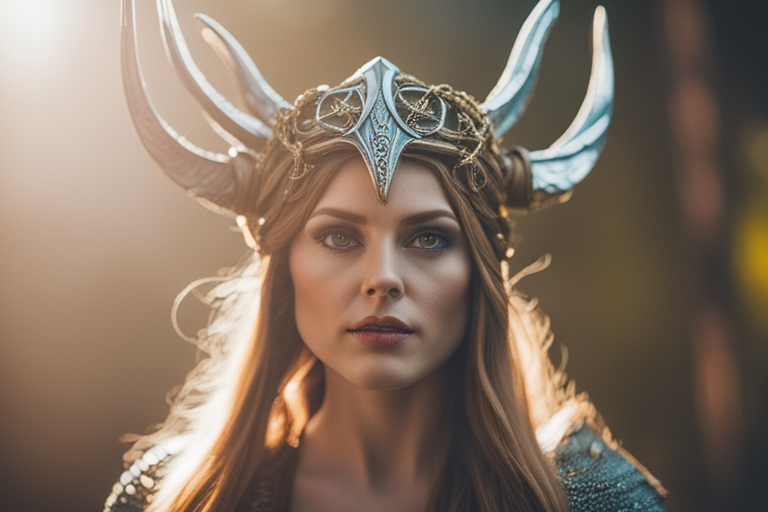
The Viking era, spanning the late eighth to early 11th century, was a time of exploration, conquest, and profound spirituality. Norse myths and sagas form the backbone of Northern lore. These tales, filled with gods, giants, heroes, and magic, provide insights into the worldview of our ancestors.
Gods like Odin, the Allfather, who traded an eye for wisdom, and Freyja, the goddess of love and seiðr, a form of Norse magic, offer insights into the core beliefs and practices of the time. Their stories, recorded in sagas like the Poetic Edda, offer invaluable lessons and inspirations for today’s witches.
The Dark Days of Witch Trials
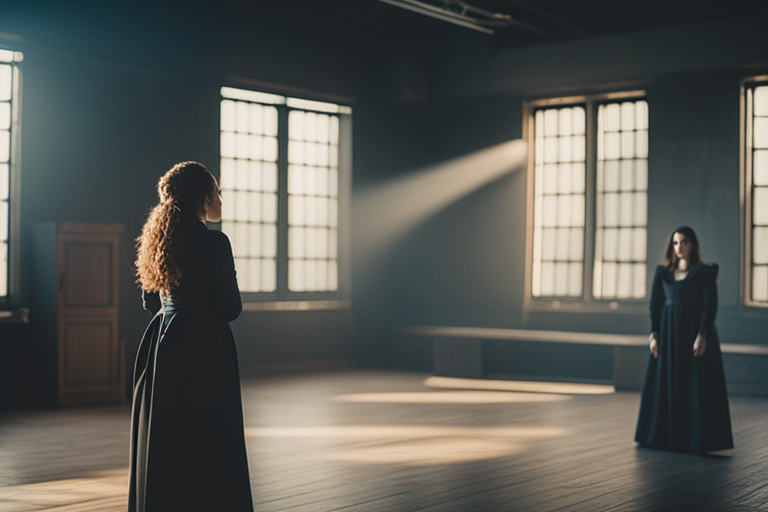
As the centuries progressed, a shadow fell over the North. The late medieval and early modern periods witnessed a surge in witch trials. Innocent individuals, particularly women, were accused of witchcraft and faced dire consequences. Their stories, some of sorrow and others of resilience, serve as somber reminders of the misunderstandings that once clouded our craft. These tales beckon us to ensure that the practice of witchcraft remains rooted in understanding, compassion, and respect.
Folktales & Spirits of the North
Beyond the gods and the grim trials, Northern Europe is rich with folktales. Spirits like the Huldra, forest beings of Scandinavian lore, or the tales of trolls guarding mountain passes, offer enchanting glimpses into the everyday magick that infused life in the North. These stories are not just entertainments; they’re lessons, warnings, and inspirations, each weaving a piece of the broader tapestry of Northern Witchcraft lore.
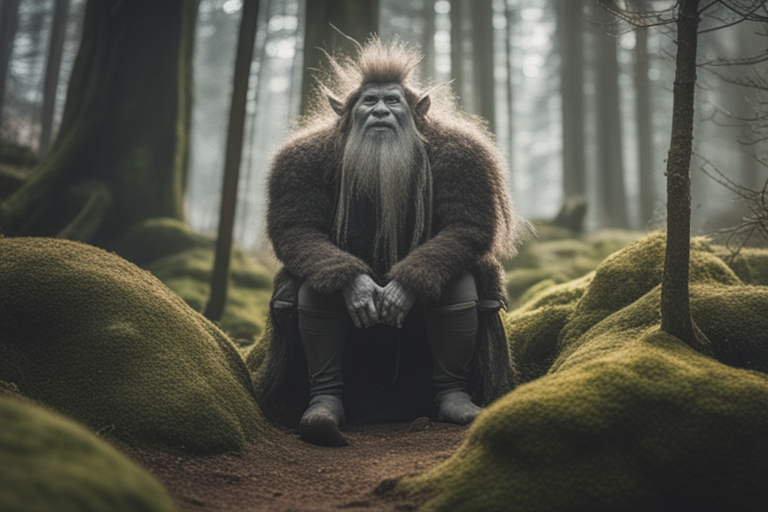
Lore-driven Practices & Rituals
At the heart of Northern Witchcraft is an understanding that every practice, every ritual, stems from a story. As we understand the tales that birthed these rituals, our connection to them deepens, weaving a stronger bond between witch and the ancient energies of the North.
Altars: Honoring the Pantheon and Spirits
Throughout history, Norse people established sacred spaces to honor the gods, ancestors, and spirits. Modern witches often build altars to serve a similar purpose. These spaces, adorned with symbols like Mjölnir (Thor’s hammer) or statues of deities like Freyja, serve as focal points for rituals. Each item on an altar tells a tale, be it of a god, a spirit, or a significant event in Norse history. By understanding these stories, our rituals are empowered, infused with the energies of ages past.
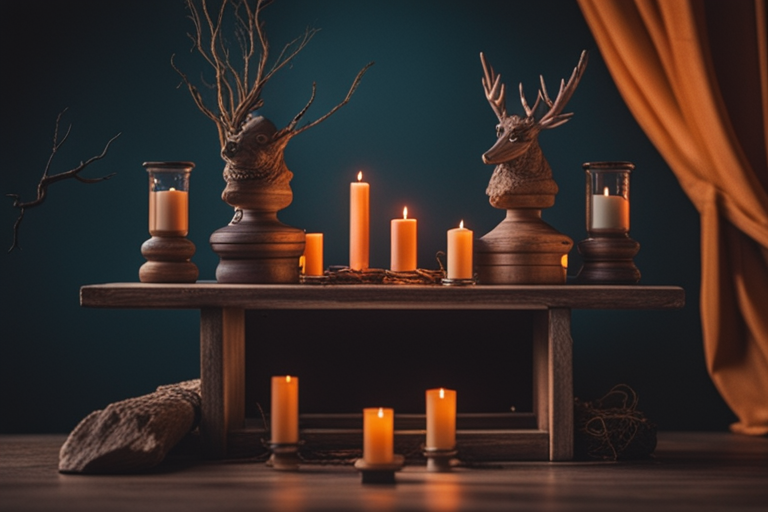
Seiðr and Spá: Channeling the Old Ways
Seiðr is a form of Norse magic, often associated with prophecy and divination. Tales of the Volvas, wise women who practiced Seiðr, are woven into many sagas. They would enter trance-like states, connecting with the other realms to glean insights about the future. Today’s witches can channel these practices, finding inspiration in the tales of the Volvas to enrich their own divinatory practices.
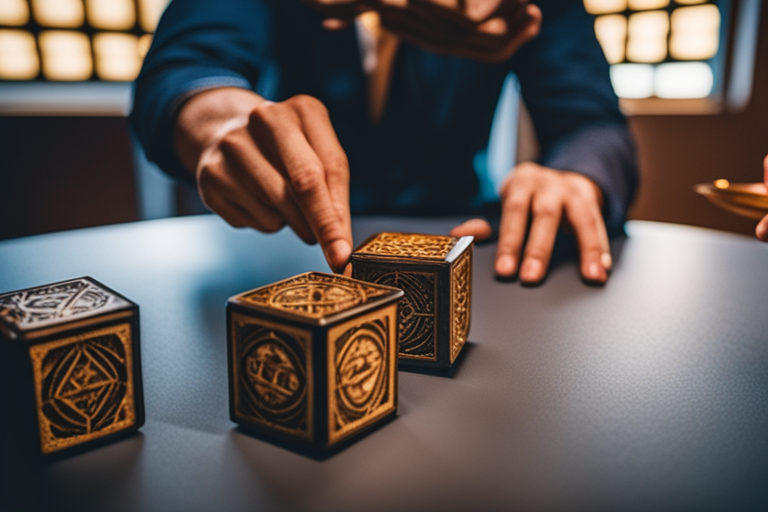
Festivals and Sabbaths: Celebrating the Norse Wheel of the Year
The Norse had festivals celebrating key moments in their agricultural and seasonal calendar, like Midsummer and Yule. While many contemporary witches recognize the Wheel of the Year from more widespread Wiccan traditions, the Norse had their own unique celebrations. Delving into the lore, we uncover the roots of these festivities, understanding their original significance and adapting them for modern practice.
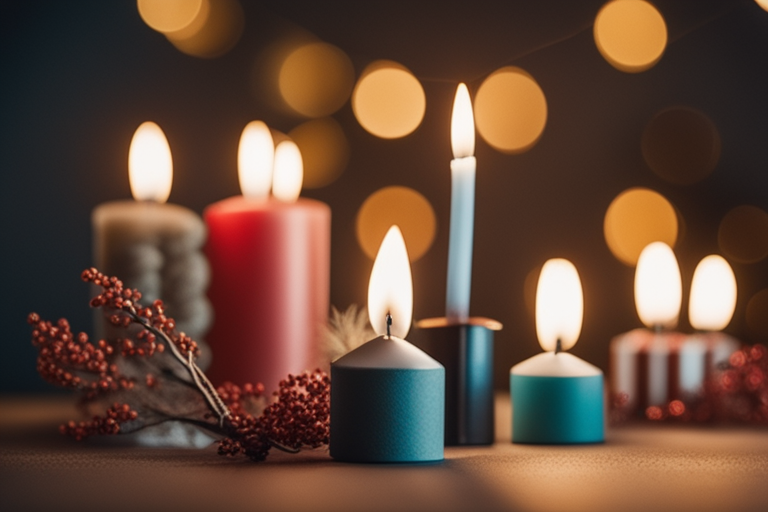
Runes: Ancient Symbols in Tales
Runes are more than just symbols; they are stories in themselves. Etched on stones, jewelry, and weapons, runes were both a form of communication and a magical tool for the Norse.
Elder Futhark: The First Runes
The most ancient rune system, Elder Futhark, consists of 24 symbols. Each rune is not just a letter but a representation of a concept or energy, such as Uruz symbolizing strength or Gebo representing gifts. By understanding the tales and significance behind each rune, modern witches can harness their energies more effectively.
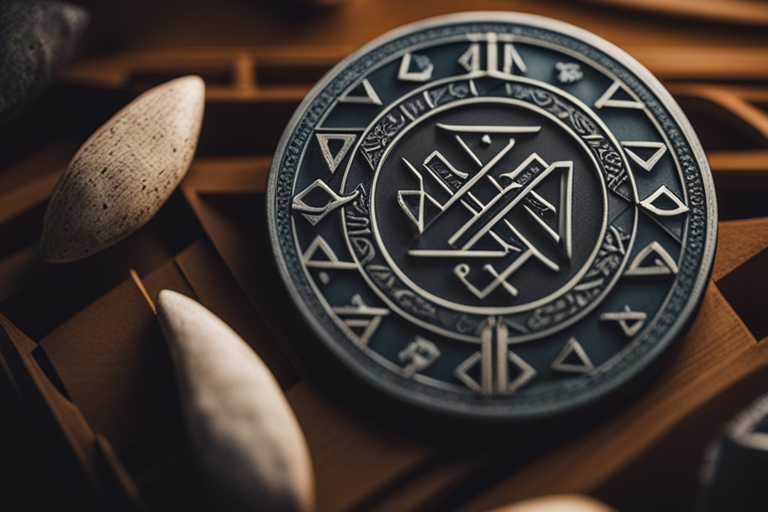
Runes in Rituals and Divination
Runes were traditionally used for varied purposes: from protection symbols etched onto shields to casting lots for divination. Today, rune casting remains a popular method of divination among practitioners of Northern Witchcraft. When casting, it’s crucial to understand the stories of each rune, as this deepens the insights and guidance they offer.
Northern Witchcraft & Sustainability: Treading Lightly on Sacred Grounds
In the ever-evolving dialogue about our environment, returning to the roots of Northern Witchcraft offers timely insights. The ancient Norse held deep respect for nature – from the towering fjords to the vast forests – viewing the land as both provider and deity.
Ethical Foraging: Seeking with Respect
Ancient practitioners understood the importance of taking only what they needed from the land. Modern witches can uphold this principle by practicing ethical foraging. Whether collecting herbs for a spell or stones for an altar, it’s essential to understand the lore of each element and ensure no harm is done to natural habitats.
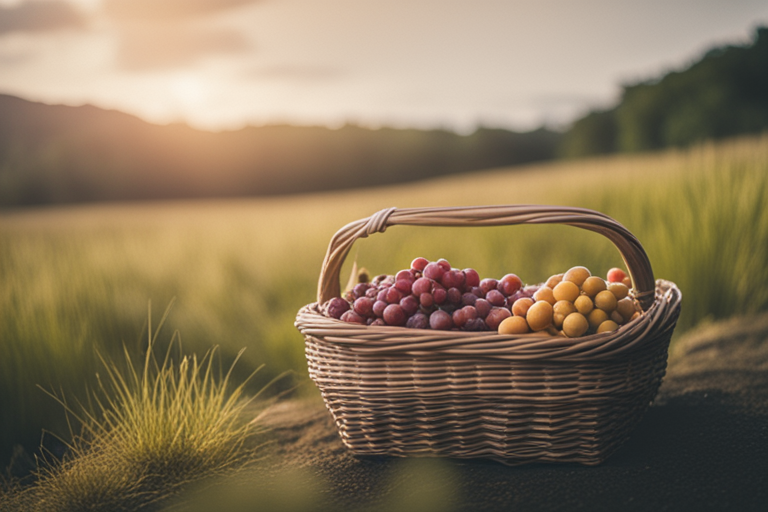
Eco-friendly Practices: Ancient Wisdom for Modern Times
From biodegradable ritual tools to ceremonies honoring the land, Northern Witchcraft emphasizes practices that leave a minimal footprint. By revisiting ancient tales, we can glean eco-friendly practices that not only honor the environment but also enhance our connection to the magic within it.
Resources: The Wellspring of Knowledge
The journey of a modern witch is enriched by understanding the lore and stories that have come before. But where does one start?
Literature: Chronicles of the North
There are countless books that delve into the practices, tales, and rituals of Northern Witchcraft. From the poetic Eddas to modern analyses, literature remains a vital portal to the past.
Online Forums: A Modern Mead Hall
The digital age has its own version of the Viking mead halls – online forums. Here, practitioners from all corners gather to share insights, tales, and advice, weaving a global tapestry of Northern Witchcraft.
Workshops: Hands-on Learning
For those looking to delve deeper, workshops offer hands-on experiences. Be it rune casting, seiðr practices, or crafting eco-friendly ritual tools, there’s always more to learn and explore.
Final Reflections
The rich tapestry of Northern Witchcraft, interwoven with tales of old and modern practices, provides a profound path for today’s witches. Whether drawn to the stories, the rituals, or the deep respect for nature, there’s a place for everyone in this magical tradition.
At Wild Life Weave, we believe that by understanding our past, we can craft a more enlightened and sustainable future. Here’s to the lore, the magic, and the community. May your journey be as enchanting as the tales that guide it.